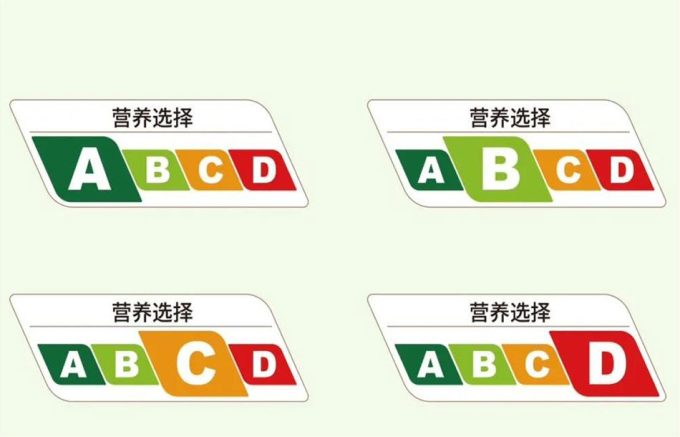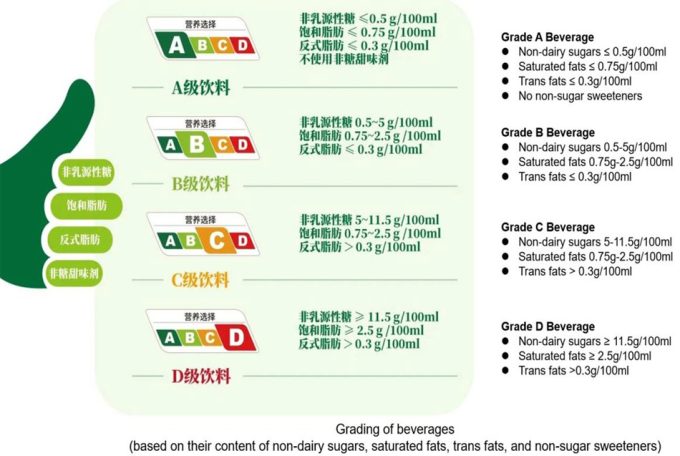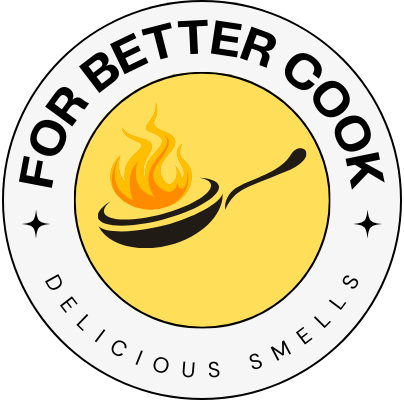
[ad_1]

Little by little, traffic light labeling has been introduced in different countries around the world (especially in Western countries) and now its use is being introduced in Asian countries. To date, these countries had introduced taxes on sugary drinksbut now we go one step further and Shanghaithe largest city in China, has decided to carry out a pilot test called Nutritional Choice for the implementation of the traffic light labeling on sugary drinks.
The local government of Shanghai and specifically the Shanghai Municipal Center for Disease Control and Prevention, launches a new labeling that goes beyond reporting the non-dairy sugar content, it also details the content of saturated fats and trans fats both in ready-to-drink beverages that are prepackaged, such as freshly prepared ones, for example, tea or coffee that you can drink in a cafeteria.
He labelled follows a similar pattern to the label NutriScoresince it uses a system of color coding, from green, which represents the most recommended product, to red, which represents the least recommended product. Additionally, a range of letters (A, B, C, D) is included for further refinement, and the entire set classifies the nutritional value of the drinks.
Under the pilot project, a drink will obtain a Grade A when it does not exceed 0.5 grams of non-dairy sugars per 100 ml of beverage, it should not exceed the saturated fat content of 0.75 grams per 100 milliliters and should not exceed 0.3 grams per 100 ml of Trans fat. To this we must add that drinks with a green label and Grade A rating should not contain sweeteners such as aspartame, erythritol or isomalt.
In the case of a label Grade B, a non-dairy sugar content of between 0.5 grams and 5 grams is allowed, a saturated fat content of between 0.75 grams and 2.5 grams is allowed, and it must not exceed 0.3 grams of trans fats. For labeling Grade C, the sugar content will range between 5 grams and 11.5 grams, the saturated fat content should be between 0.75 grams and 2.5 grams, but in no case should it exceed 0.3 grams of trans fats. He Grade D It is the worst attribute that a drink can carry and it is assumed that manufacturers will do everything possible to avoid such a qualification.

Beverage manufacturers may display a single letter corresponding to the grade in those situations (types of beverages and containers) where they show the entire traffic light labeling would be visually confusing for consumers. As we read here, different brands such as Starbucks, Naixue Tea or CHAGEE have already implemented the new labeling on their menus and bottled drinks. As explained by the Shanghai Municipal Center for Disease Control and Prevention, the system has been implemented in response to the demand of consumers who want to purchase Healthier, reduced sugar drinks.
The goal of the new labels is to provide concise and easy-to-understand nutritional information for consumers, in order to guide them to make healthier purchasing decisions. It won’t take long to know if the measure is effective and the sale of unhealthy drinks is reduced.
[ad_2]
Source link
